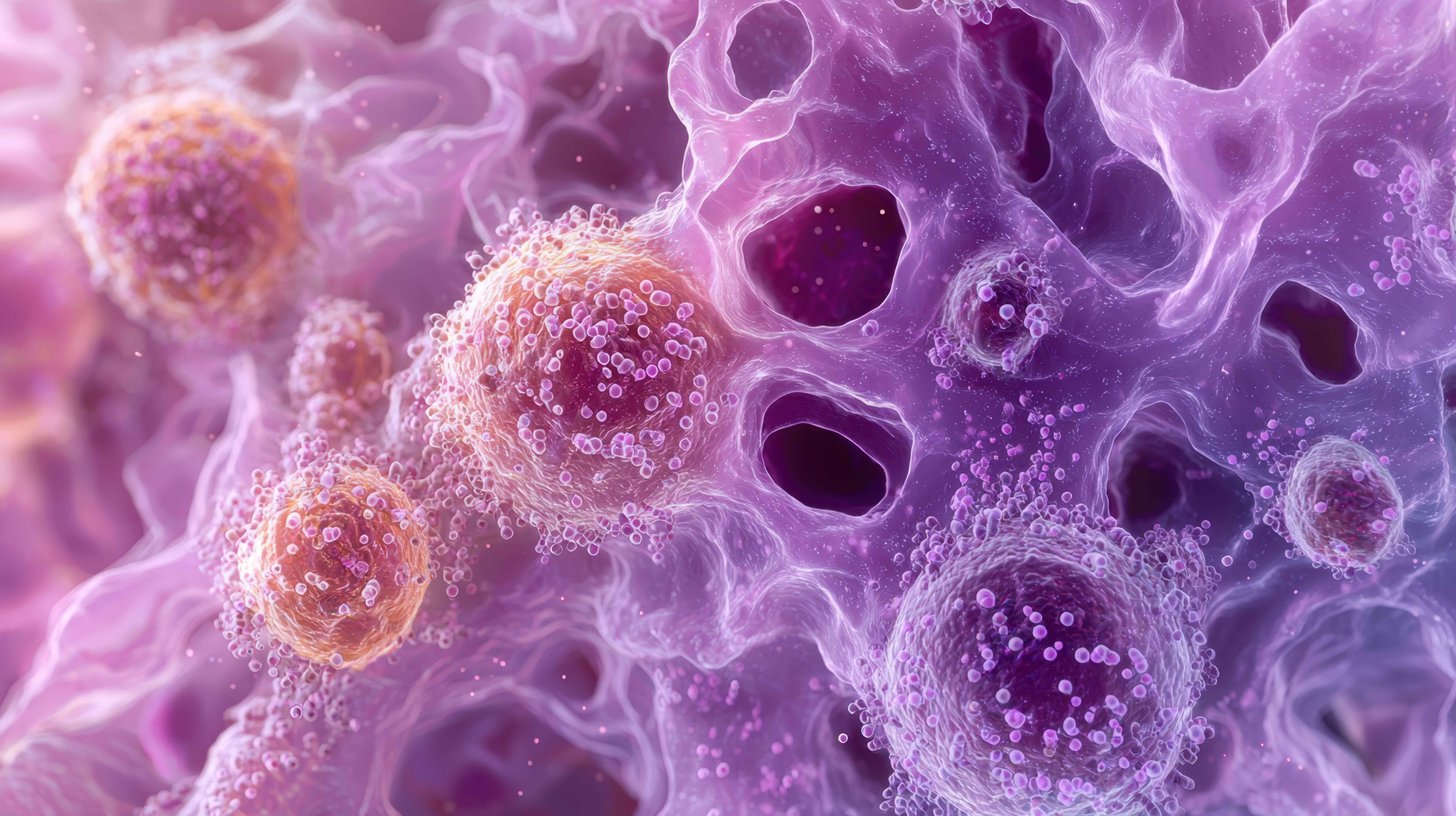News
Article
Children Conceived Through IVF Are More Likely to Develop Congenital Heart Defects
Author(s):
Research showed that children born via assisted reproductive technology were 36% more likely to develop heart defects.
Children born after assisted reproductive technology (ARTs), such as in vitro fertilization (IVF), experience a higher prevalence of congenital heart defects (CHDs), according to a study published in the European Heart Journal by researchers from multiple institutions in Sweden. The findings provide deeper insights into the impact of IVF treatments, allowing for improved monitoring, risk analysis, and treatment for expecting mothers and their unborn children.1
The findings offer further insight into the potential adverse effects of ARTs, calling for continued research and development of observatory or therapeutic methods. Image Credit: © adragan - stock.adobe.com

CHDs are the most common birth defect and are a result of abnormal development of the child’s heart during pregnancy. This leads to complications with the heart’s structure and thereby impacting its function, changing the way the heart pumps blood. There are multiple types of CHDs, of which the most prevalent are septal defects, heart valve defects, and defects in large blood vessels.2
There are various risk factors associated with CHDs. Health before and during pregnancy is crucial for healthy fetal development, so presence of diabetes, contact with substances like smoke and specific medicines, and family genetics, can all contribute to development of CHDs. However, findings from the CoNARTaS study indicate that conception through the use of IVF and other ARTs may be linked to CHDs.2
“[CHDs] can be extremely serious requiring specialist surgery when babies are very young, so knowing which babies are at the greatest risk can help us diagnose heart defects as early as possible and ensure the right care and treatment are given,” said Ulla-Britt Wennerholm, PhD, professor at the University of Gothenburg in Sweden, in a news release. “More and more people are conceiving with the help of [ART], so we might expect to see increases in cases of congenital heart defects worldwide.”3
CoNARTaS, or the Committee of Nordic Assisted Reproductive Technology and Safety, is an ongoing research collaboration initiated in 2008 to investigate the health of children after ART, including children born as far back as the 1980s.4
According to the authors, children born after ART typically have worse perinatal outcomes compared with spontaneously conceived (SC) children. In an analysis of 7,747,637 children from Denmark (1994–2014), Finland (1990–2014), Norway (1984–2015), and Sweden (1987–2015), of which 171,735 of the children were conceived using ART, they compared data on children born from IVF, intracytoplasmic sperm injection (ICSI), and embryo freezing, as well as those conceived naturally. The association between ARTs and CHDs was assessed using multivariable logistic regression analysis.1
The data showed that major CHDs were detected in 3159 children born after ART (1.84%) and in 86,824 children born after SC [1.15%; adjusted odds ratio (AOR) 1.36; 95% confidence interval (CI) 1.31–1.41]. Severe CHDs were detected in 594 children born after ART (0.35%) and in 19,375 children born after SC (0.26%; AOR 1.30; 95% CI 1.20–1.42), and risk was similar between ICSI and IVF, as well as between frozen and fresh embryo transfer.1
“The fact that the risk of heart defects is similar regardless of the type of assisted reproduction used may indicate that there is some common factor underlying infertility in parents and congenital heart disease in their babies,” said Wennerholm.3
The findings offer further insight into the potential adverse effects of ARTs, calling for continued research and development of observatory or therapeutic methods to mitigate risk of CHDs and other birth defects in ART-conceived children.
REFERENCES
1. Sargisian N, Petzold M, Furenäs E, et al. Congenital heart defects in children born after assisted reproductive technology: a CoNARTaS study. European Heart Journal. September 26, 2024. doi:10.1093/eurheartj/ehae572
2. Congenital heart defects. National Library of Medicine. Accessed October 4, 2024. https://medlineplus.gov/congenitalheartdefects.html#:~:text=Congenital%20heart%20defects%20(CHDs)%20are,common%20type%20of%20birth%20defect
3. Babies born after fertility treatment have higher risk of heart defects. News Release. September 26, 2024. Accessed October 4, 2024. https://www.eurekalert.org/news-releases/1059216
4. About the conartas. Conartas. Accessed October 4, 2024. https://www.conartas.com/about/
Newsletter
Stay informed on drug updates, treatment guidelines, and pharmacy practice trends—subscribe to Pharmacy Times for weekly clinical insights.






